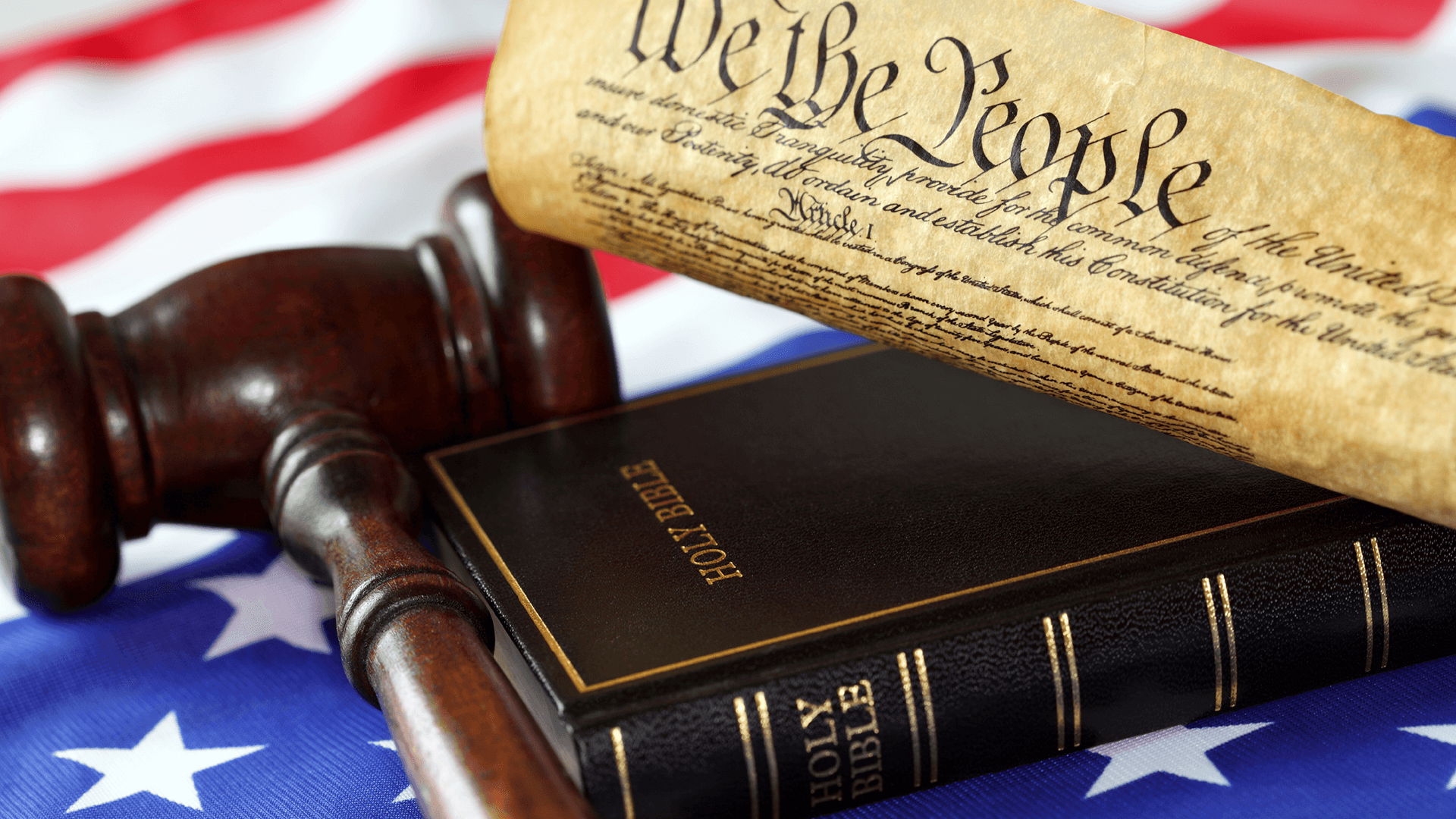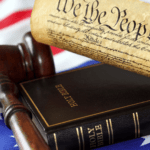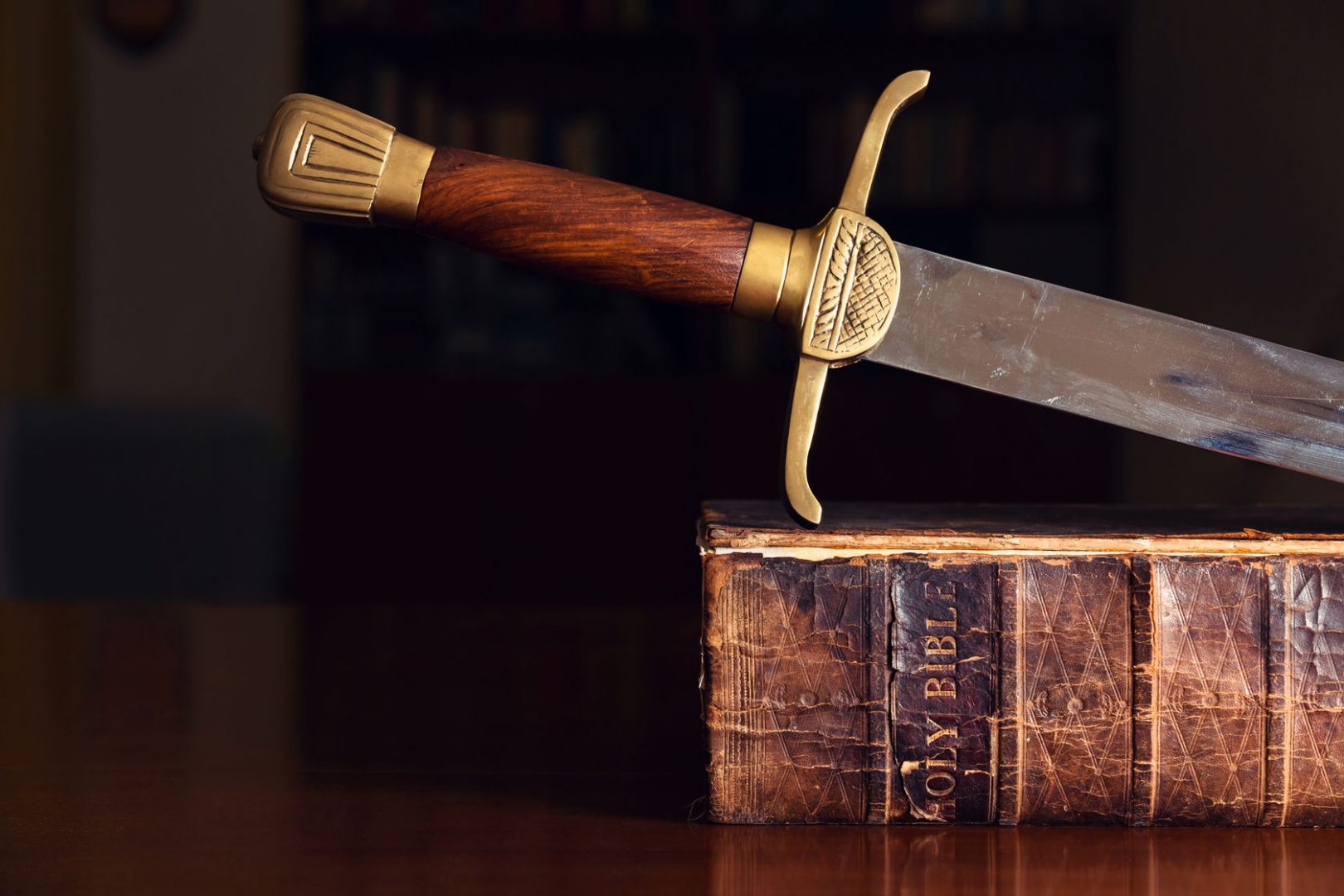This is Part 1 of the series Why Religious Liberty Matters
From Puritans to Tolerance: How Religious Diversity Shaped Colonial America
Religious liberty in America didn’t begin with the Founding Fathers or the First Amendment. It started much earlier, as colonies took shape across the New World, drawing a diverse array of religious traditions, practices, and beliefs. While today we might take the concept of religious liberty for granted, it was revolutionary in a world where religion and government often went hand in hand. Early settlers—each group motivated by unique convictions—sought freedom not only to worship as they saw fit but also to establish communities reflecting their deepest beliefs. In some cases, however, “religious liberty” came with strict boundaries, highlighting the complexity and evolution of the idea itself.
As early as the 1600s, settlers began to set the stage for America’s approach to religious freedom. From the strict Puritan communities in Massachusetts to the religious tolerance of Roger Williams’ Rhode Island, each colony contributed something unique to the tapestry of what would eventually become America’s commitment to religious liberty. In this post, we’ll explore the initial motivations of the early colonies, their successes, and their shortcomings in establishing religious freedom.
The Puritan Influence
The Puritans were among the first groups to bring their version of religious freedom to America, arriving with a desire to practice their faith free from England’s state-imposed Anglicanism. The Massachusetts Bay Colony became the heart of this Puritan experiment, where the settlers aimed to build a “city upon a hill,” a community governed by biblical principles (Winthrop, 1630). While the Puritans valued religious freedom in their own way, their approach was distinctly exclusive. Freedom, as they saw it, was freedom to practice their specific brand of Christianity. Dissenters who held differing religious beliefs often found themselves facing consequences—an ironic start to the story of religious liberty.
Their strong desire for a unified religious community led the Puritans to enforce strict adherence to their beliefs, punishing those who strayed from the colony’s doctrine. Anne Hutchinson and Roger Williams, for example, were famously expelled from Massachusetts for challenging Puritan teachings. Williams, who advocated for the separation of church and state, went on to found Rhode Island—a place that would become synonymous with religious tolerance. While the Puritan experiment contributed significantly to the American religious landscape, it also highlighted the challenges of building a community rooted in a singular faith vision.
“For we must consider that we shall be as a city upon a hill. The eyes of all people are upon us…” (Winthrop, 1630).
John Winthrop’s vision reflected a desire for a model society—though one carefully guarded by specific theological boundaries.
Religious Diversity in the Colonies
In contrast to the strict Puritan framework, other colonies took a different approach to religious practice. Maryland, for instance, became a haven for Catholics who faced discrimination in Protestant England. Established as a Catholic colony by Lord Baltimore, Maryland soon became home to a mix of beliefs, prompting the enactment of the Maryland Toleration Act of 1649, one of America’s earliest laws protecting religious freedom. This act declared that “no person or persons… professing to believe in Jesus Christ shall… be in any way troubled, molested, or discountenanced for his or her religion…” (Maryland Toleration Act, 1649). Though limited in scope, it marked an early attempt at religious tolerance, at least for Christians, setting a precedent for protecting religious beliefs.
Rhode Island, founded by the exiled Roger Williams, took an even bolder stance. Williams, a firm advocate for freedom of conscience, believed that government should not interfere in religious matters. In his words, “forced worship stinks in God’s nostrils” (Williams, 1644). Rhode Island’s charter granted unparalleled freedom, allowing diverse groups—from Baptists to Quakers—to worship openly. This tiny colony became a refuge for those seeking freedom from the restrictive practices found elsewhere, embodying a form of religious liberty that was groundbreaking for its time.
Pennsylvania, established by the Quaker William Penn, offered yet another model of tolerance. Penn, whose Quaker faith emphasized equality and pacifism, welcomed people of all faiths. His “Holy Experiment” allowed Quakers, Mennonites, and other persecuted groups to find a home in Pennsylvania. Unlike the Puritans, Penn’s vision extended beyond a single faith and embraced a truly pluralistic community. As he put it, “Force makes hypocrites, ’tis persuasion only that makes converts” (Penn, 1682). This perspective helped lay the groundwork for what would later become a more inclusive view of religious liberty in America.
Key Moments in Colonial Religious Liberty
Several pivotal events in colonial America helped define the contours of religious liberty as we know it. Roger Williams’ founding of Rhode Island in 1636 and the Maryland Toleration Act of 1649 both represent early attempts to protect the rights of individuals to practice their faith, albeit within certain limitations. These steps, though small by today’s standards, represented significant shifts in a world where the state typically controlled religious practice.
Roger Williams’ conviction that “it is the will and command of God that… a permission of the most paganish, Jewish, Turkish, or antichristian consciences and worships be granted to all men in all nations” (Williams, 1644) was radical for his time. Williams viewed religious freedom not as a threat but as a natural right that allowed individuals to seek truth as they understood it. This idea—that freedom of conscience was sacred—would resonate in later American documents and inspire a broader vision of religious liberty.
Reflective Questions
As you consider the beginnings of religious liberty in America, reflect on these questions:
- How does the Puritan view of religious freedom challenge or affirm your understanding of liberty today?
- What aspects of early religious diversity do you see influencing America’s current approach to religious liberty?
- How might the early tolerance in Rhode Island and Pennsylvania inspire our approach to religious differences today?
These questions prompt us to consider how our own communities might reflect—or challenge—the values of tolerance and freedom that these early colonies wrestled with.
Conclusion
The colonial roots of religious liberty were complex and often contradictory. While the Puritans sought freedom for their beliefs, they tightly controlled dissent. Meanwhile, figures like Roger Williams and William Penn envisioned a broader tolerance that extended to all. Each colony’s approach added a unique thread to the fabric of religious liberty, paving the way for what would later become a fundamental American value. As we move forward in this series, we’ll see how these early experiments in religious freedom laid the groundwork for a uniquely American approach to faith and governance.
Chris Reighley is a Colson Fellow and a leader grounded in faith, family, and mission. With a career spanning servant leadership, digital marketing, and servant leadership, he is driven by a passion for empowering others. He is pursuing an Executive Master’s at The Bush School of Government and Public Service at Texas A&M and a Master of Arts in Biblical Studies from Redemption Seminary. Through Shoe Leather Gospel, Chris is dedicated to combating biblical illiteracy and mentoring future leaders.

References
Maryland Toleration Act, 1649. Archives of Maryland.
Penn, W. (1682). Frame of Government. Pennsylvania.
U.S. Supreme Court. (1878). Reynolds v. United States, 98 U.S. 145.
Williams, R. (1644). The Bloudy Tenent of Persecution, for Cause of Conscience. • Winthrop, J. (1630). A Model of Christian Charity.





